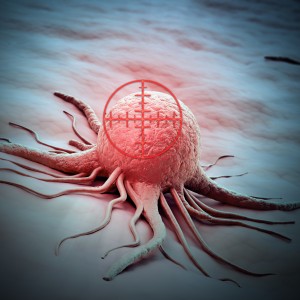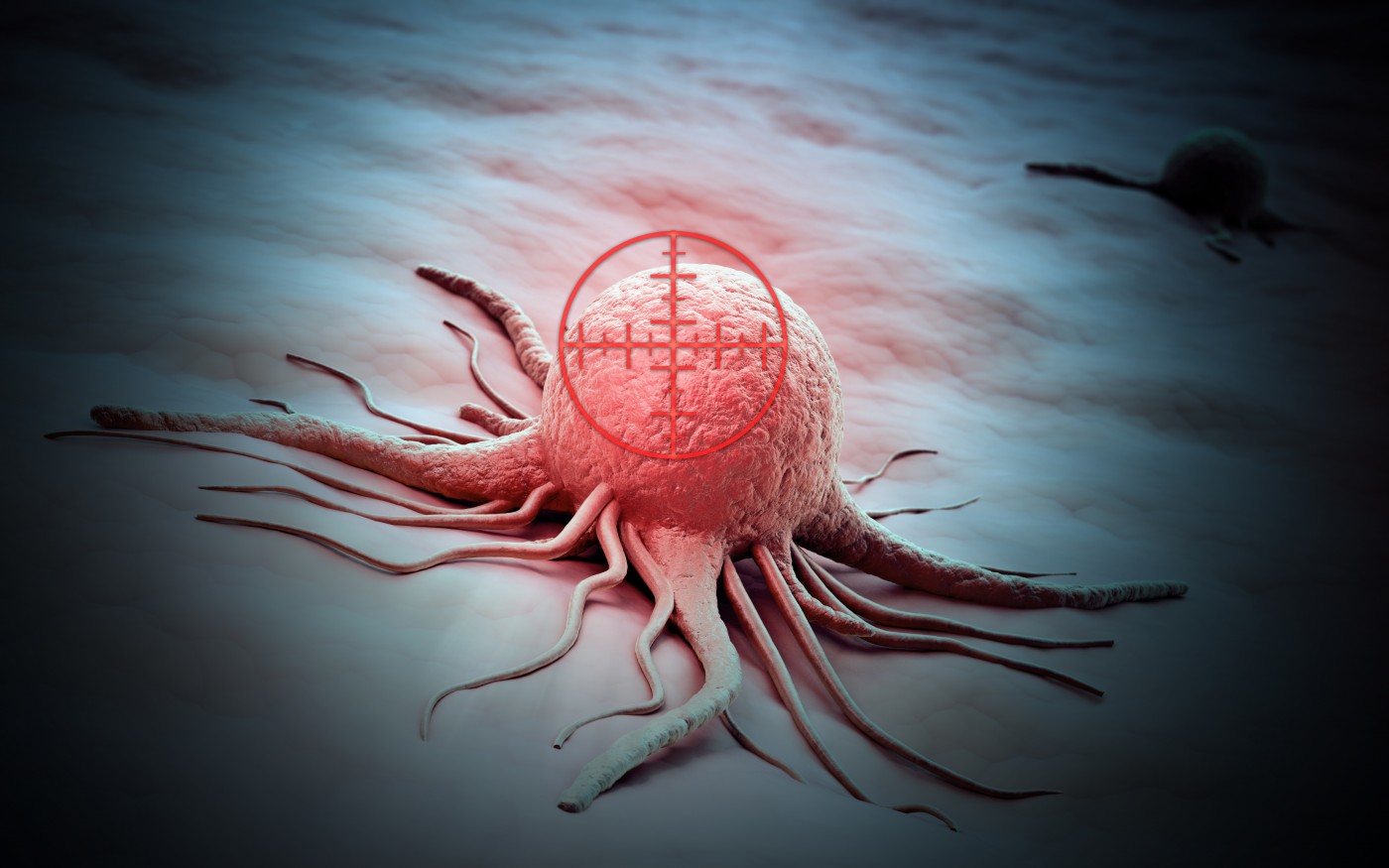 A study recently published in the journal Nature Communications revealed a new potential therapeutic molecule that can halt the delivery of biological information to melanoma cells without affecting healthy cells. The study was led by researchers at the Weizmann Institute of Science in Israel and is entitled “The nuclear translocation of ERK1/2 as an anticancer target.”
A study recently published in the journal Nature Communications revealed a new potential therapeutic molecule that can halt the delivery of biological information to melanoma cells without affecting healthy cells. The study was led by researchers at the Weizmann Institute of Science in Israel and is entitled “The nuclear translocation of ERK1/2 as an anticancer target.”
In general, living cells need to have “communication skills,” as a constant flow of information has to be quickly and efficiently transmitted from the cell’s outer walls to the inner nucleus, the core center where cellular decisions are made. This communication system can, however, suffer mutations that can be especially harmful when the information sent is for the cell to grow or divide, leading to cancer development. Researchers have now found a method to block the overflow of information before it reaches the cell nucleus.
Cells use proteins to transmit relevant biological information. For example, if the cell receives in its outer walls a growth factor molecule with the information that the cell needs to divide, a receptor on the cell membrane’s outer surface will receive this information and pass it on to the inner side of the cell. Then, “if the molecules were human messengers, they would have to transverse the equivalent of some 70 km to get from the outer membrane to the nucleus,” noted the study’s senior author Dr. Rony Seger in a news release.
Cells, however, do not use an internal single courier molecule from the outer wall to the nucleus, but several of them. This communication system is known as the cellular signaling pathway, and there are an estimated 15 different signaling pathways to transfer internal information.
Researchers have identified several proteins involved in these signaling pathways, especially in the MAPK/ERK pathway, which is known to be deregulated in approximately 85% of all cancer types. The ERK molecule is one of the final courier molecules that undergoes a transformation enabling it to enter the nucleus and deliver information. The research team has focused on this specific communication step involving ERK.
The authors designed several small molecules that could enter the cell and stop ERK transfer into the cell’s nucleus. Different cultures of cancer cells were tested for their ability to target ERK and stall cancer growth. One molecule in particular (NTS-derived myristoylated phosphomimetic peptide) was found to perform quite well and even induce cancer cell death without affecting normal healthy cells. This observation is quite important as it suggests that as a therapeutic drug, this peptide molecule may have fewer side effects than current chemotherapeutic drugs.
Researchers tested the molecule in rodent models of human cancers and found that “the molecule worked even better in the animal models than it did in culture. The cancers disappeared within days and did not return,” said Dr. Seger. One of the cancers tested was melanoma, the most dangerous form of skin cancer, estimated to cause 8,000 deaths every year in the United States and has few available treatments. The peptide was able to induce cancer cell death and eradicate melanoma, even when melanoma cell lines resistant to cancer drugs were tested. Researchers suggest that this new molecule used in combination with the current available melanoma drug regimen could potentially avoid drug resistance and be effective in the treatment of this malignancy.
These findings might be useful to design new therapeutic approaches not only for cancer but also other diseases. “Every pathway is associated with a different disease,” explained Dr. Seger. “The trick is to find the molecules that can selectively target just one stage in the process.” The research team is currently analyzing molecules to block a different signaling pathway associated with autoimmune diseases.


